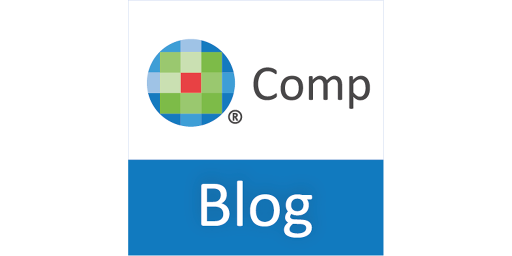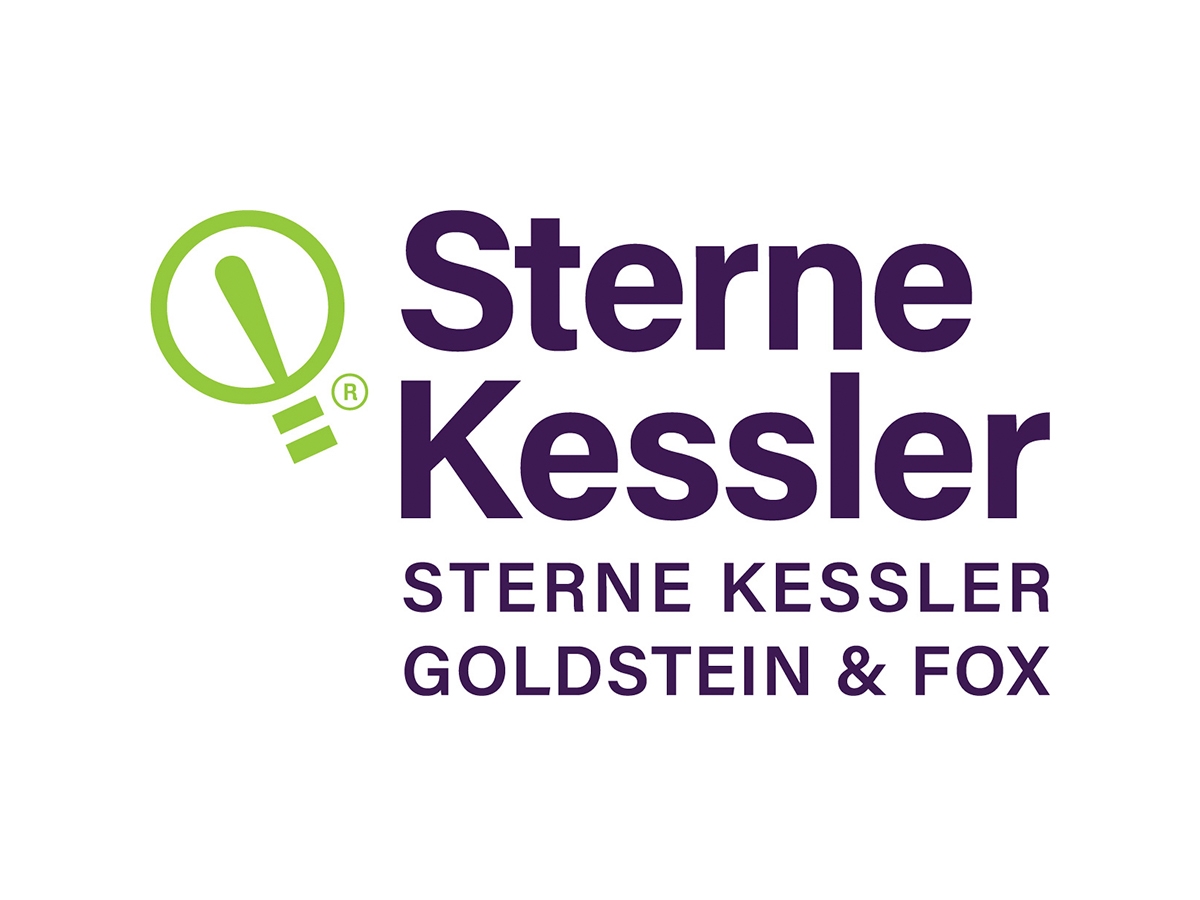The Federal Circuit provides guidelines for challenging expired patents in Apple Inc. Vorys, Sater, Seymour, and Pease LLP
Partners, LLC
Overview
In Apple Inc., v. Gesture Tech Partners, LLC the Federal Circuit reviewed the Patent Trial and Appeal Board’s (PTAB) determination of patentability of claims 1-7 of expired U.S. Patent No. Partners, LLC
Overview
In Apple Inc., v. Gesture Tech Partners, LLC, the Federal Circuit reviewed the Patent Trial and Appeal Board’s (PTAB) determination of patentability of claims 1-7 of expired U.S. Patent No. Inter Partes Review was conducted on the ‘949 patent during an Inter Partes Review. In doing do, the Federal Circuit addressed the PTAB’s jurisdiction to conduct IPRs over expired patents under the public-rights doctrine and the proper use of expert witness testimony in IPR determinations of obviousness of patent claims.
- Identified Issues
- Did the PTAB or only an Article III court have jurisdiction over the IPR of the expired ‘949 Patent?
- Did PTAB ignore expert witness testimony in the IPR proceeding improperly?
Did the PTAB properly evaluate obviousness of the ‘949 Patent claims?
Holding
1. Under the public-rights theory, the PTAB is entitled to conduct IPRs on expired patents. The PTAB erred by ignoring expert witness testimony submitted in a supplemental declaration.
3. The Federal Circuit affirmed that the PTAB found that claims 1-3 and 5-7 were obvious, but reversed its finding that claim 4.0 was not obvious. The Federal Circuit affirmed the PTAB’s finding of obviousness for claims 1-3 and 5-7 of the ‘949 Patent but reversed the PTAB’s finding of non-obviousness for claim 4.
Background and Reasoning
In Apple Inc. v. Gesture Tech Partners, LLC, a dispute centers on an expired 949 Patent owned by Gesture Tech Partners, LLC (Gesture), which protects a “portable device” that uses H4-73631 (Nonaka). The PTAB ruled that claims 1-3 and 5-7 were not patentable because they were obvious, but claim 4 was not. The PTAB ruled that claim 4, which requires the “electro optical sensor” to be “fixed” in relation to the “digital camera”, was not obvious, despite Apple’s expert witness’s supplemental declaration asserting that Numazaki taught that limitation. Regarding claim 4, requiring the “electro-optical sensor” to be “fixed” in relation to the “digital camera,” the PTAB held that the “fixed” limitation was not obvious in light of Numazaki, expressly ignoring Apple’s expert witness’s supplemental declaration asserting that Numazaki taught that limitation, finding that this argument was not made in Apple’s IPR petition.
Gesture cross-appealed as to claim 1-3, 5-7, arguing that the PTAB did not have jurisdiction for the IPR for the expired ‘949 Patent. The public-rights theory recognizes Congressional authority in assigning jurisdiction of certain issues to non-Article III forum. In Oil States Energy Servs., LLC v. Greene’s Energy Grp., LLC, The Supreme Court applied the doctrine of public rights to the government’s grant (of a “public franchise”), holding Congress can grant the PTAB the jurisdiction to adjudicate public rights in IPRs. Gesture cited Oil States to argue that the “public franchising” ends when a patent expires and limited jurisdiction to Article III courts. Gesture also argued the PTAB’s finding that the motivation to combine Nonaka with Numazaki wasn’t supported by substantial evidence.
The Federal Circuit affirmed that the PTAB’s holding that claims 1-3, and 5-7 were unpatentable. The Federal Circuit upheld PTAB’s jurisdiction over IPRs for expired patents. It held that an IPR was a review of a “public franchise” previously awarded that still exists even after the patent expires (e.g. a limited set rights that remain to patentees, such as bringing actions against past damages). The Federal Circuit also affirmed PTAB’s findings of obviousness for claims 1-3 and 5-7 in the ‘949 Patent. The Federal Circuit concluded that substantial evidence existed to support the PTAB’s finding of what an artisan would understand from the teachings of Numazaki and Nonaka, and that an artisan would be motivated to combine the teachings.
Apple appealed as to claim 4, arguing that the PTAB improperly ignored Apple’s expert witness’s testimony. Apple stated in its IPR that Numazaki taught that the photo-detection unit and light extraction unit should have “overlapping field of view”. Apple’s expert’s declaration elaborated this assertion by stating that “overlapping fields” were key to an artist finding it desirable to fix these two components to each other. The Federal Circuit reversed PTAB’s decision to ignore the testimony and, based on that, reversed PTAB’s finding that claim 4, of the ‘949 Patent, was not obvious. The Federal Circuit, relying upon Masimo Corporation v. Apple Inc. held that the PTAB can only consider arguments presented during an IPR. However, any arguments raised within the IPR petition can be elaborated on. The Federal Circuit ruled that Apple’s expert witness testimony should be limited to arguments raised in Apple’s IPR.






